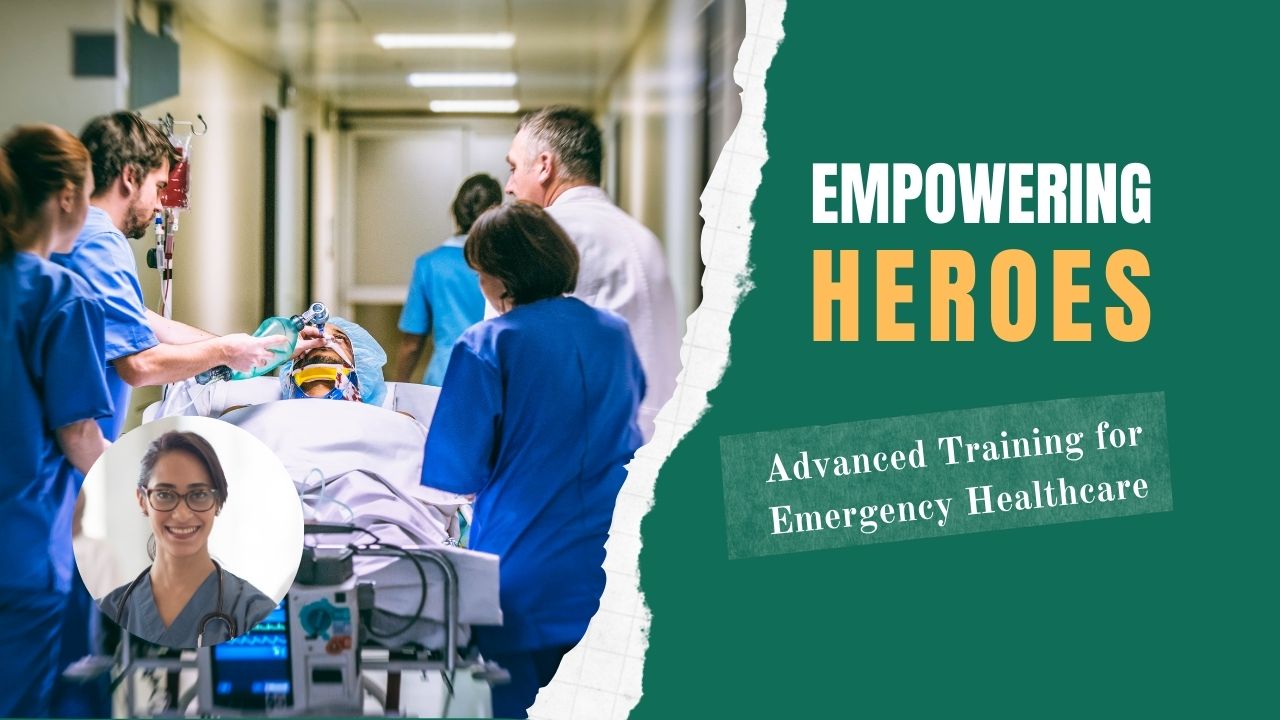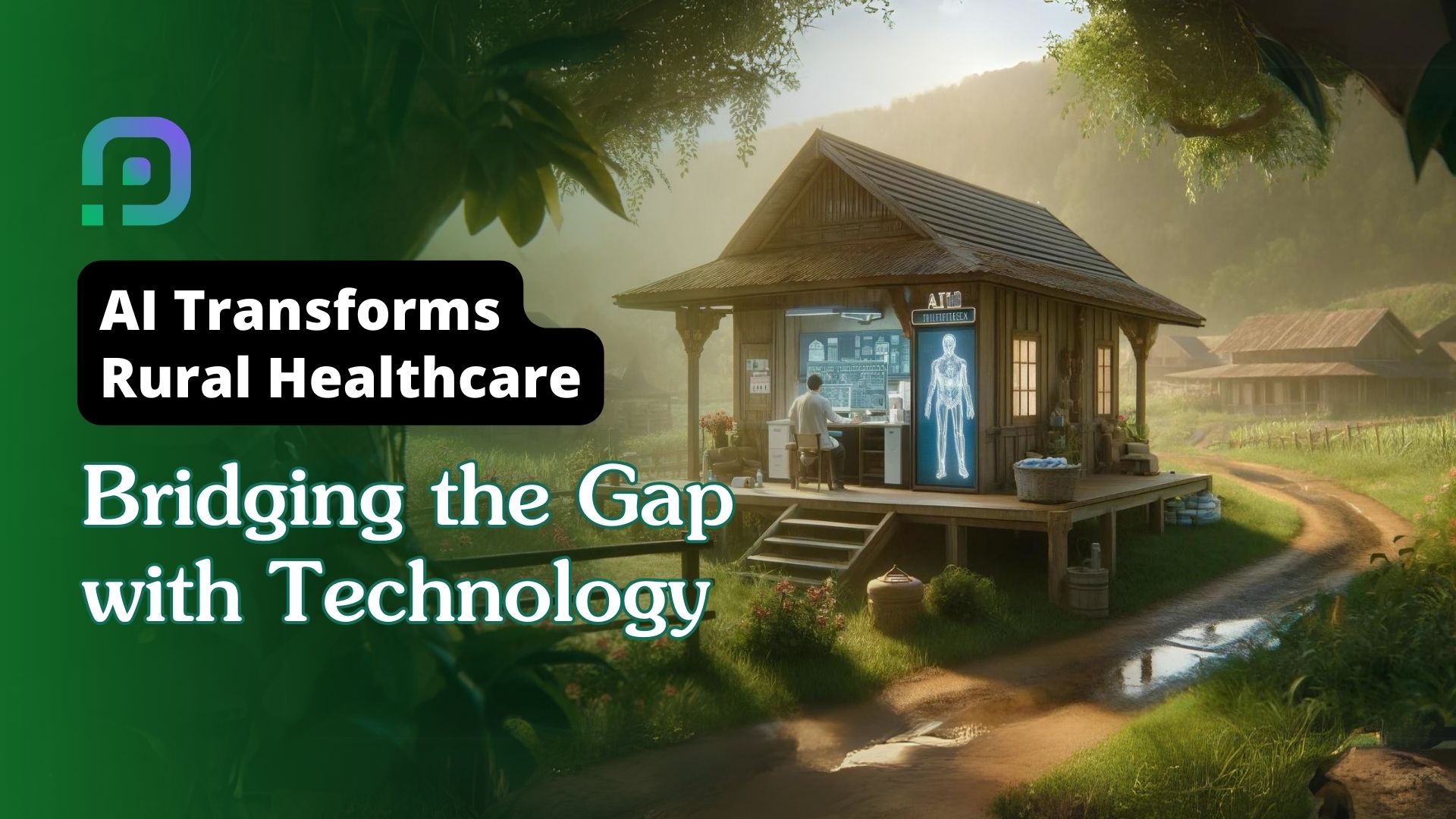Published - Mon, 10 Oct 2022

Nephrolithiasis: What is it, Types, Clinical features and Treatment
Nephrolithiasis, or kidney stones, are crystal concretions that typically develop in the kidney and are also known as renal calculi. Calculi should ideally develop in the kidneys and painlessly exit the body through the urethra. Larger stones are, however, uncomfortable and may not pass on their own, and can require surgery.
Types of Renal Calculi (Stones)
— Calcium oxalate and calcium phosphate stones account for 70% to 80% of all renal calculi.
— Struvite (magnesium–ammonium phosphate) stones account for 10% to 15% of all renal calculi.
— Uric acid stones account for 5% to 10% of all renal calculi.
— Xanthine and cystine stones make up a minor percentage of renal calculi.
1. Frequent sites of calculus obstruction
a) Ureteropelvic junction
b) Pelvic brim: The ureter crosses the iliac vessels and narrows to 4 mm in diameter at the pelvic brim.
c) Ureterovesical junction: The most common site of obstruction.
d) Renal pelvis: Struvite stones commonly form large staghorn calculi, which are too large to enter the ureter and, instead, fill the renal pelvis and form the large staghorn calculus.
2. Predisposing factors
a) Certain clinical conditions may predispose to stone formation (e.g., inflammatory bowel disease, immobilization, gout, hyperparathyroidism). Struvite stones are associated with chronic infection of the urinary tract by urea-splitting bacteria (e.g., Proteus, Pseudomonas, Klebsiella).
b) Dietary conditions: Excess dietary oxalate, vitamin C abuse, or excess dietary purine can predispose the patient to the development of renal calculi.
c) Medications
— Acetazolamide, antacids, and ascorbic acid may predispose to the development of calcium stones.
— Treatment with hydrochlorothiazide may cause the formation of uric acid stones.
— The development of xanthine stones has been linked to allopurinol medication.
CLINICAL FEATURES
1. Symptoms
a) Pain: The sudden onset of acute, severe, colicky pain is most commonly observed. The pain is located in the flank or abdominal area and radiates to the corresponding testicle or labia. The patient is in obvious pain and is often moving around the bed trying to find a comfortable position.
b) Common symptoms include diaphoresis, nausea, and vomiting.
2. Physical examination findings
a) In addition to discomfort, tachycardia, tachypnea, and hypertension are frequently seen.
b) Costovertebral angle tenderness and mild abdominal tenderness without peritoneal findings are often present.
c) Fever should raise suspicion of infection.
DIFFERENTIAL DIAGNOSES include appendicitis, cholecystitis, diverticulitis, salpingitis, pelvic inflammatory disease, tubal-ovarian abscess, ovarian cyst or torsion, ectopic pregnancy, abdominal aortic aneurysm, and pyelonephritis.
EVALUATION
1. Laboratory studies
a) Urinalysis: Hematuria is usually present but not always.
b) CBC: A CBC could show leukocytosis brought on by discomfort or infection.
c) Basic metabolic panel: Keeping a tight eye on creatinine.
2. Computed tomography (CT)
3. Radiographs: A kidney-ureter-bladder (KUB) X-ray can be obtained in some patients instead of CT. Much less sensitive and specific than CT, however drastically less radiation exposure to the patient. Generally should consider in patients with a known history of uncomplicated kidney stones.
4. Ultrasound: This may be useful in pregnant patients, children, or patients with a known history of uncomplicated stones. Ultrasound is becoming more of the first-line test for hydronephrosis and/or calculus due to its superior safety profile for patients.
THERAPY
1. Parenteral analgesia with narcotics and a non-steroidal anti-inflammatory drug is often required.
2. Antibiotic therapy: If an infection is present, justified.
3. Intravenous hydration with an isotonic fluid (e.g., normal saline or lactated Ringer solution) may be beneficial.
4. Ondansetron and other antiemetics are frequently required.
5. Tamsulosin and other alpha-blocking medications can speed up stone movement.
DISPOSITION
1. Admission
a) Patients with uncontrolled pain, persistent emesis, or concomitant infection should be admitted to the hospital.
b) Patients with 1 kidney only should be admitted.
c) Patients with big or near-big stones might need to be admitted to the hospital.
i) Stone size
— 90% pass if less than 4 mm
— 50% pass if 4 to 6 mm
— 10% pass if greater than 6 mm
ii) Stone location: The more proximal the stone is, the less likely it is that the stone will pass.
2. Discharge: Patients should be discharged with a prescription for an oral analgesic and instructions to strain the urine to recover passed stones for analysis. They should be advised to follow up with a urologist or primary care physician and to return to the ED if symptoms of increased pain, vomiting, or fever occur. Tamsulosin is also beneficial, according to studies when used for a brief time.
Created by
Rigomo Team
Rigomo is a leading online education platform that offers a wide range of courses to help individuals enhance their skills and achieve their career goals. With our user-friendly interface and expert instructors, we strive to provide high-quality education to everyone, anytime and anywhere. Join us today and take the first step towards a brighter future.
Rigomo is an e-learning platform that was founded in 2019 by a team of dedicated professionals with a passion for revolutionizing the way people learn. The platform offers a range of online courses that cover various industries, including business, technology, healthcare, and more.
Rigomo's courses are designed to be interactive and engaging, with a focus on practical skills that learners can apply in their careers. The platform uses a combination of video lectures, quizzes, and hands-on projects to help learners master the subject matter.
Rigomo is committed to providing affordable and accessible education to people around the world. The platform offers a range of pricing options, including monthly and annual subscriptions, as well as pay-as-you-go options for individual courses.
Since its launch, Rigomo has received numerous accolades for its innovative approach to e-learning. The platform has helped thousands of learners across the globe acquire new skills and advance their careers.
As Rigomo continues to grow, the team remains committed to providing high-quality education that is accessible to all. The platform is constantly updating its courses and features to ensure that learners have access to the latest tools and technologies.
Comments (0)
Search
Popular categories
Health and Wellness
231Skill Development
7Technology
5Community Impact
2Success story
2Creativity
1Latest blogs

DeepSchool: The Story of an Idea That Refused to Sit Still
Tue, 02 Dec 2025

Transforming Emergency Care: The Story Behind Rigomo's Revolutionary PPMMP Course
Sun, 12 May 2024

Empowering Rural Healthcare: How Pogiko's AI is Bridging the Gap in Medical Services
Thu, 25 Apr 2024

Write a public review